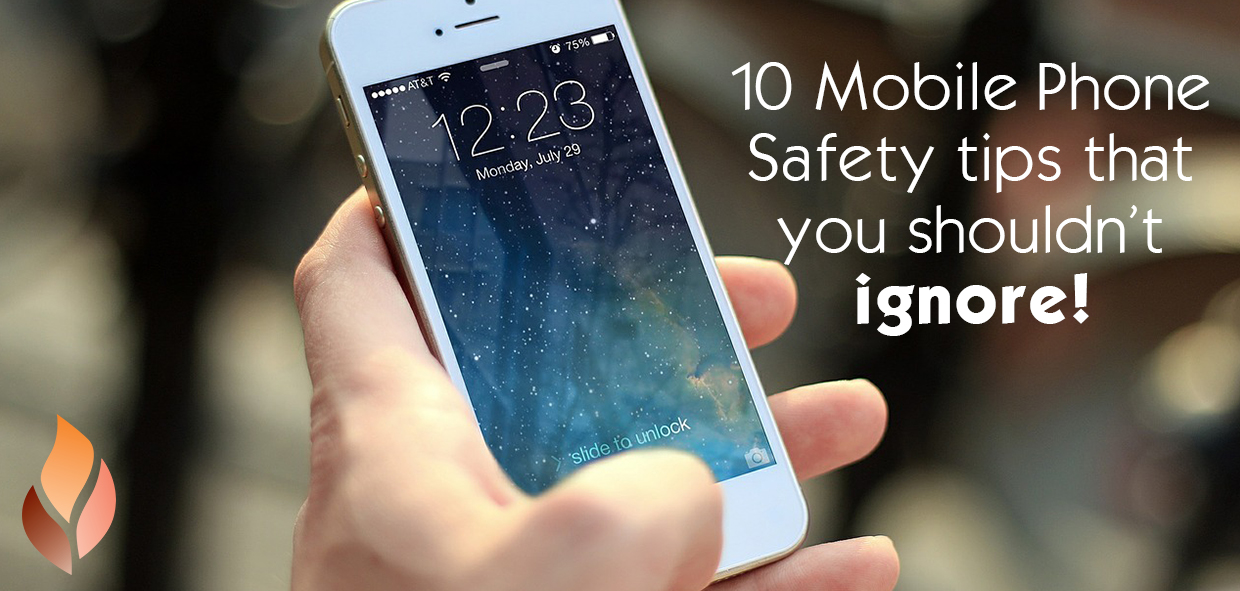

Empowering Your Mobile Experience: Smartphone Safety Tips
Smartphones are integral to our daily lives, but ensuring their safe and responsible use is paramount. Explore these smartphone safety tips to enhance your digital well-being and protect your personal information.
**1. Secure Your Device with Biometrics
Leverage the security features of your smartphone by enabling biometric authentication such as fingerprint recognition or facial recognition. These advanced security measures add an extra layer of protection, ensuring that only you can access your device.
2. Set a Strong Password or PIN
A strong and unique password or PIN code is your first line of defense against unauthorized access. Avoid easily guessable combinations and opt for a mix of letters, numbers, and symbols. Regularly updating your password enhances its effectiveness.
3. Activate Find My Phone Feature
In case of loss or theft, having the “Find My Phone” feature activated is a game-changer. This function allows you to track your device’s location, remotely lock it, or even erase data if necessary. Ensure this feature is turned on for added security.
4. Keep Your Operating System Updated
Regularly updating your smartphone’s operating system is crucial for security. These updates often include important security patches and improvements. Enable automatic updates or check for updates regularly to keep your device protected.
5. Be Wary of App Permissions
When installing apps, scrutinize the permissions they request. Grant access only to the necessary features for the app to function, and be cautious about applications that seek excessive permissions. Limiting app permissions minimizes potential security risks.
6. Enable Two-Factor Authentication
Enhance your device’s security by enabling two-factor authentication (2FA) wherever possible. This adds an extra layer of protection, requiring a secondary verification step in addition to your password.
7. Use a VPN for Secure Browsing
Protect your online activities by using a Virtual Private Network (VPN). A VPN encrypts your internet connection, safeguarding your data from potential threats and ensuring a secure browsing experience, especially on public Wi-Fi networks.
8. Educate Yourself on Phishing Scams
Stay vigilant against phishing scams that attempt to deceive you into revealing personal information. Be cautious about clicking on suspicious links in emails or messages, and never share sensitive details unless you’re certain of the legitimacy of the source.
9. Review App Privacy Settings
Familiarize yourself with the privacy settings of your apps. Adjust these settings to control the information each app can access. Regularly reviewing and updating privacy settings enhances your control over personal data.
10. Install Antivirus and Security Apps
Consider installing reputable antivirus and security apps on your device. These apps provide an additional layer of protection against malware, viruses, and other cybersecurity threats.
For a comprehensive guide on smartphone safety tips and responsible mobile use, visit Smartphone Safety Tips at tanktroubleplay.com. Implementing these strategies ensures that your smartphone experience is both enjoyable and secure, enhancing your digital well-being.






